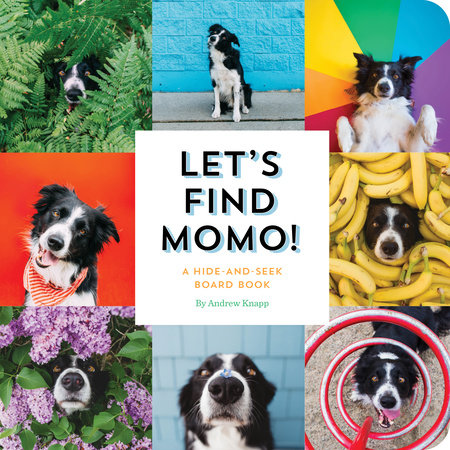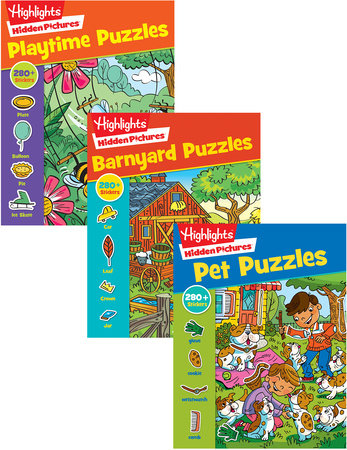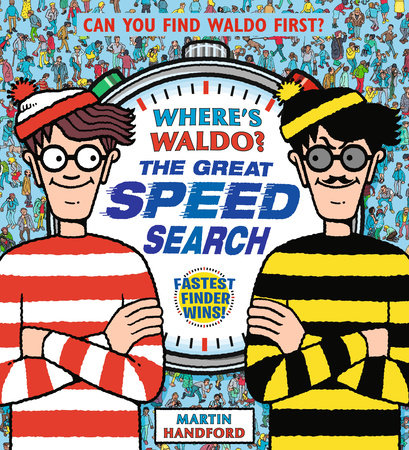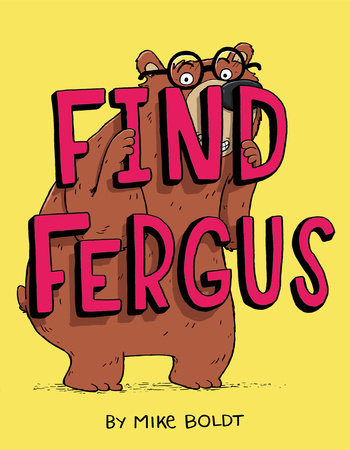4 Ways To Use Seek-and-Find Books To Build Early Literacy Skills
by Lindsay Barrett
Do your kids love seek-and-find books? They are in constant rotation at our house. My kids browse them alone, snuggle up with them together after school, or grab them for car rides or waiting room time. I always made sure one was on display for the children in my Pre-K through second grade classrooms, too. Besides being fun, I love that seek-and-find books naturally help build early literacy skills. Win-win!
Seek-and-Find Books Boost Vocabulary
A hallmark of seek-and-find books is that their pictures contain items and situations to notice and talk about. The toddlers in my life adore searching for Momo in Let’s Find Momo!: A Hide-and-Seek Board Book by Andrew Knapp. While they search, they also exclaim over everything else in the pictures. My five-year-old daughter adores all the Highlights Hidden Pictures titles, and I credit them for her knowledge of many household items — she certainly doesn’t see an iron or a thimble much around our home.
Seek-and-Find Books Can Help Train Kids’ Eyes for Reading
By design, seek-and-find books require visual discrimination. “Is that really Waldo? Do his hat and glasses match the cover picture?” Building these careful abilities to look, notice, and match details to a model helps kids do the same with letters and words.
With a little guidance, seek-and-find books are also excellent for helping kids build their concept of directionality. Even toddlers giggling over Richard Scarry’s Super Silly Seek and Find! can learn to work through the list of things to find from left to right and top to bottom. When a kid can’t find an item, I like to share my “super-secret finding trick,” which is to start in the top left corner and drag your finger across the page in rows, like you’re “reading” the picture. This is the same thing we ask beginning readers to do when reading lines of text in a book.
Talking About Finding Items Can Build Language and Grammar Knowledge
One potential downside of seek-and-find books is that items lose their appeal once you find them. My kids taught me otherwise, however. They love being the experts who help less capable searchers (i.e., me, their dad, their grandmother, etc.) Giving clues about where to find items on a page is the ultimate chance to use prepositions; Is the elusive item inside the castle? Under the rainbow? Near the drawbridge? Practicing language skills in a fun context is always the best way.
Seek-and-Find Books Can Encourage Kids to Notice Text
Seek-and-find books often include written lists or labels on items to find. Noticing how these words are spelled is a natural way to call kids’ attention to letters and sounds. Find Fergus by Mike Boldt is a longtime family favorite. One of the best parts of the book is that after we finish hunting for Fergus, we turn to the funny list of other items to find at the back. It’s easy to motivate kids to notice the beginning letters or point to each word in “A pair of socks” because they are motivated to see what’s next on the list.
Check out the books mentioned in this post below and this list of 11 Of the Best Seek-and-Find Books for Kids.





